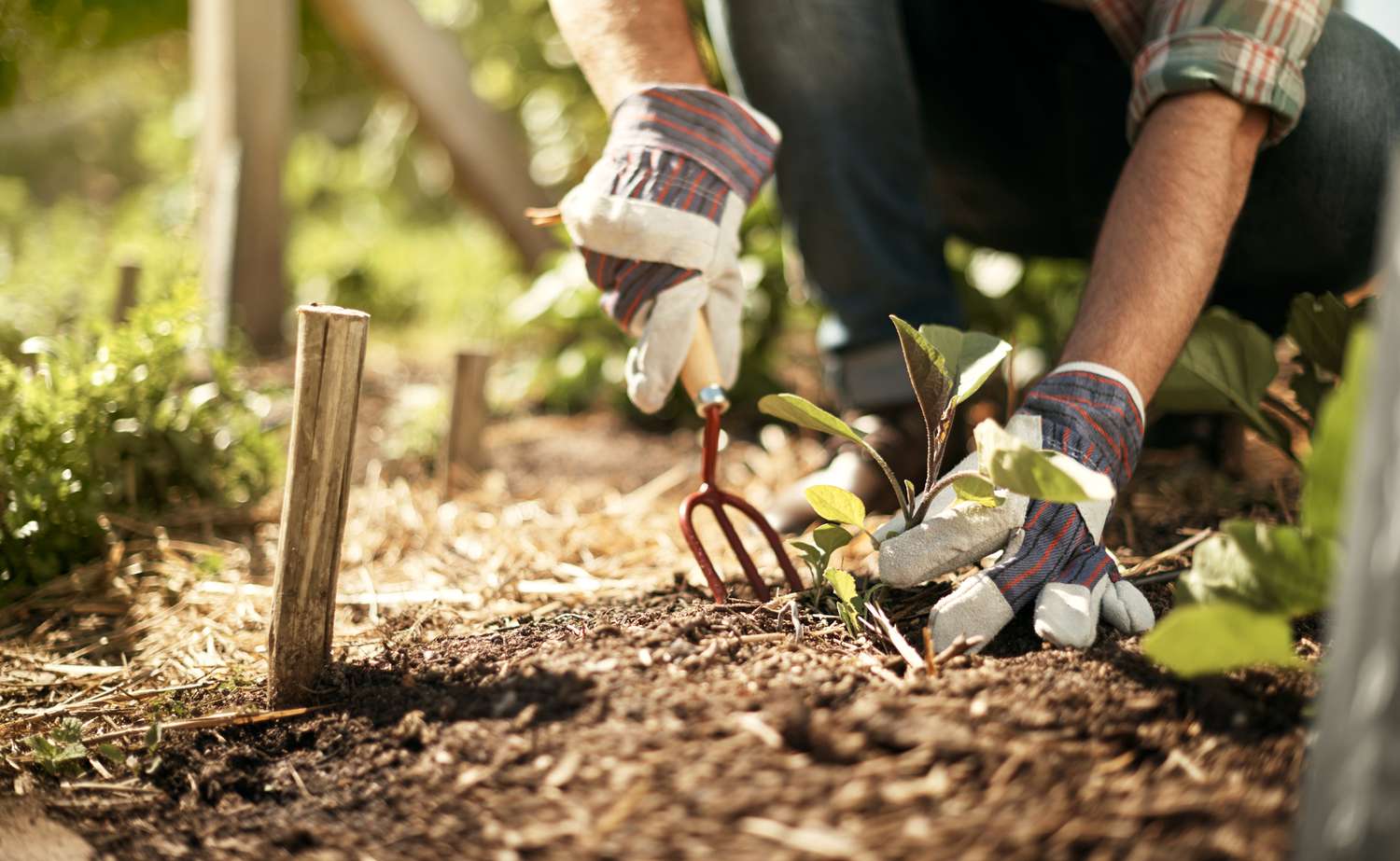Gardening is a hobby that not only helps you connect with nature, but also allows you to create a vibrant outdoor space for yourself and others. Knowledge of the different soil types is one of the most important parts of successful gardening. The quality of the soil in your garden is one of the most important factors in determining the overall health of your plants and how well they will grow. In this all-encompassing book, we explore the different soil types, their properties, and the ways you can handle them to build yourself a thriving gazebo.
1. The Significance of Different Types of Soil
Soil is not only a medium for plant growth, but also a complex ecosystem, home to various microorganisms and nutrients. Knowing the different soil types will help you choose the right plants for your garden, improve drainage and water retention, and promote healthy root development. This is because different plants have different preferences for the soil they grow in.
2. Main Soil Types
Sand, clay and loam are the three basic soil types. Each type has its own unique characteristics that determine its ability to retain and drain water and how much nutrients it contains.
Sandy Soil: Sandy soil has larger particles and the soil itself has a granular structure. It does not hold water very well and also drains quickly. Although the temperature rises quickly in spring, sandy soils often lack the necessary nutrients.
Clay Soil: Clay consists of small particles that efficiently retain water and nutrients. It’s not difficult to compact it, but doing so can result in inadequate drainage and restrict root growth. However, clay soil contains many nutrients.
Loam Soil: Soil known as “loam” is often considered the best soil for gardening. It is a balanced mixture of sand, silt and clay for good drainage, water retention and nutrient availability. Sand is the main ingredient.
3. Identifying the Type of Soil You Have
Do a simple soil test to determine the composition of your soil. Squeeze a handful of moist soil from the garden and see the results. Clay may be present if the substance compresses into a tight ball that is difficult to break. If the sand has difficulty holding its shape and has a gritty texture, sand may be present in the soil. When compressed, loam forms a ball that retains its shape, but falls apart when touched lightly.
4. Balance Your Soil
To provide the most favorable growing conditions for your plants, you may need to vary the soil depending on the makeup of your garden.
Create Better Sandy Soil: If you want to improve the water retention and nutritional value of the sandy soil, you can add organic material such as compost or digested manure.
Improve the Quality of Clay: Clay soils can benefit from the addition of coarse sand and organic matter to improve drainage and prevent compaction.
Keep Your Loam Healthy: Although loamy soils already have a good nutrient balance, the addition of compost can further improve the fertility and structure of loamy soils.
5. Choose Plants based on Soil Composition
Soil conditions are critical to the success of various plants. Do some research on the requirements of the plants you want to grow and choose varieties that will thrive in your existing soil. This gives the plant a healthier, more robust appearance.
6. Precautions about Watering
Knowing your soil type is essential to watering properly. Clay soils hold water longer than sandy soils, which require more frequent watering. Adjust your watering schedule to account for the drainage properties of your soil.
7. Mulching is Good for the Soil
Mulching application is a beneficial practice that can be used on any soil. As it decomposes, it supplies organic matter to the soil, helps control soil temperature, stops weed growth, keeps the soil moist and prevents the soil from drying out.
8. Analyze and Inspect the Terrain
Testing your soil regularly for pH and nutrient levels will make it easier for you to make informed choices about fertilization and soil improvement. Home soil testing kits are readily available and provide in-depth information about the health of your soil.
Conclusion:
The ability to recognize different soil types is critical to effective gardening. Understanding the characteristics of sandy, clay and loam soils and how to improve and care for specific soil types will help you cultivate an environment conducive to plant growth and health. If you have a strong knowledge of different soil types, you can cultivate a rich and lush garden. This is true whether you grow flowers, vegetables or ornamental plants.
FAQs:
1. Can I completely change my soil type?
While you can improve the structure and nutrient content of your soil, changing the basic type (sand, clay, loam) is challenging. Focus on improving existing soil to better meet the needs of your plants.
2. Do all plants need the same type of soil?
Different plants have different soil preferences. Some plants can tolerate more than one type of soil, but to ensure optimal growth and health, it is best to choose plants that are suitable for your soil type.
3. Is it necessary to test my soil regularly?
Regular soil testing is beneficial, especially if you notice changes in plant health or growth. Testing can provide insight into soil pH and nutrient levels to help you make informed decisions.
4. Can I use store bought soil instead of improving existing soil?
While store-bought soil can be used in containers or raised beds, existing soil in the garden must be amended to create the right environment for long-term plant growth.
5. What is the best way to add organic matter to the soil?
Compost, rotting manure and leaf litter are excellent sources of organic matter. Spread a layer of organic material on the soil surface and work it lightly into the top layer with a garden fork or hoe.



